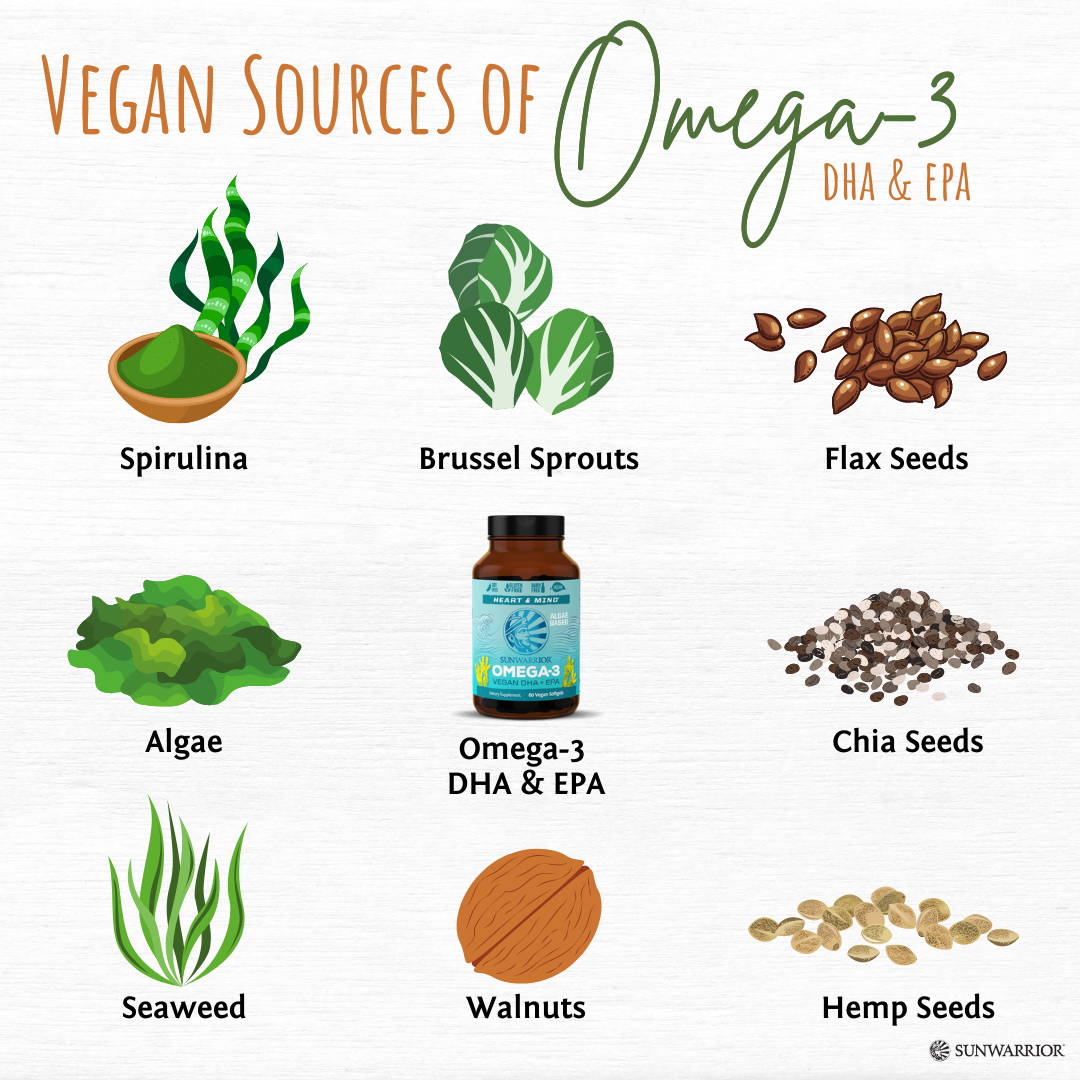
Vegetarians need to ensure that they are getting adequate vitamin D and vitamin K, which are necessary for the body. These vitamins are found in green leafy vegetables. Fortified products like soy milk, breakfast cereals and other dairy products may be needed by vegetarians. Vitamin D supplements may be an option.
Vegan diet excludes all animal products
Vegans avoid all animal products such as meat, fish, eggs, poultry, and dairy products. This diet has many advantages, including reducing your chances of getting certain diseases. As with all diets, it is important that you watch what you eat as well as how much. Also, vegans need to eat varied foods in order to obtain the required vitamins and minerals. Vegans must be careful about how much iron, calcium, vitamin D, and protein they consume.
The vegan diet is stricter than many vegetarian diets and requires you to avoid all animal products. This is true for most vegetarians but vegans can still eat eggs and dairy products.

Pescetarian diet excludes fish
Many people choose to be vegetarians without eating fish. However, this is not an entirely vegetarian diet. A pescatarian diet is a great alternative for people who enjoy seafood. You can get a lot of omega-3 fatty oils and protein from seafood. Pescatarians do not eat meat, poultry or eggs. However, they can eat dairy and some other foods. Although the pescatarian diet is often synonymous with vegetarianism and veganism, some people prefer to eat fish or eggs.
Some fish are high in mercury and can be dangerous to pregnant women or babies. It is best to limit your intake of these fish to one or two palm-sized servings per week. Choose fish with low mercury content if you have to eat them.
A flexible diet emphasizes fruits, vegetables and whole grains as well as legumes
A flexitarian diet focuses on plant-based foods and little or no animal products. It has a variety of benefits, including weight loss, improved health, and lowered risks of heart disease and type 2 diabetes. Flexitarian diets can be tailored to suit various tastes and lifestyles.
Flexitarian diets do not have specific calorie or macronutrient goals. The goal is to eat more plant-based foods over time. However, this does not mean you should avoid meat entirely. It is just that it is consumed in smaller amounts and more frequently.

The diet can be more sustainable than a strict vegetarian diet. But, not everyone will be able to adhere to the calorie restriction. The good news is that the foods are readily available and easily found in grocery stores.
FAQ
What can you do to boost your immune system?
The human body consists of trillions of cells. These cells collaborate to form tissues and organs that perform specific functions. If one cell dies, a new cell replaces it. Chemical signals, called hormones, allow cells to communicate with each other. Hormones regulate all bodily processes, from growth and development to metabolism and immunity.
Hormones, chemicals that are secreted throughout the body by glands, are chemicals. They circulate through the bloodstream and act as messengers to regulate how our bodies function. Some hormones are produced internally while others are made outside of the body.
Hormone production starts when hormone-producing cells release their contents into your bloodstream. Once hormones have been released, they travel through the body to their intended organ. Some hormones may only remain active for a limited time. Some hormones last longer and influence the body's functionality even after leaving the bloodstream.
Some hormones may be produced in large numbers. Some hormones can be produced in large amounts.
Some hormones only are produced during certain periods of life. Estrogen, for example, is produced in puberty as well during pregnancy, menopause, old age, and after menopause. Estrogen aids women in developing breasts, maintaining bone density and preventing osteoporosis. It is also known to promote hair growth and keep skin soft and smooth.
How can I live the best life possible every day?
Find out what makes YOU happy. This is the first step in living a life that you love. Once you've identified what makes your happy, you can start to work backwards. Asking others about their lives can help you to see how they live the best life possible.
You might also enjoy books like "How to Live Your Best Life", by Dr. Wayne Dyer. He talks about finding happiness and fulfillment in all aspects of our lives.
What does it take to make an antibiotic work?
Antibiotics are drugs that destroy harmful bacteria. Antibiotics can be used to treat bacterial infection. There are many types and brands of antibiotics. Some are administered topically, while others are given orally.
Many people who have been exposed can be prescribed antibiotics. An oral antibiotic might be prescribed to someone who has been exposed to chicken pox. This will prevent the spread of shingles. For those with strep-thorphritis, an injection of penicillin could be given to prevent them from getting pneumonia.
A doctor should give antibiotics to children. Children are more susceptible to side effects from antibiotics than adults.
The most common side effect associated with antibiotics is diarrhea. Other side effects that could occur include nausea, vomiting and dizziness. These side effects are usually gone once the treatment has finished.
Which 10 foods are your favorite?
The following are the 10 best foods to consume:
-
Avocados
-
Berries
-
Broccoli
-
Cauliflower
-
Eggs
-
Fish
-
Grains
-
Nuts
-
Oats
-
Salmon
How can weight change with age?
How do you know if your bodyweight changes?
When the body has less fat than its muscle mass, it is called weight loss. This means that daily energy needs must be greater than the calories consumed. Reduced activity is the leading cause of weight gain. Others include pregnancy, hormonal imbalances or certain medications. If there is more body fat than muscle mass, then weight gain can occur. It happens when people eat more calories than they use during a given day. It can be caused by overeating or increased physical activity as well hormonal changes.
Our bodies lose weight mainly because we consume less calories than what we burn. Regular exercise increases metabolism, which means that we burn more calories per day. But, this does not mean that we'll get thinner. It is important to know if we are losing weight or gaining muscle. If we are burning more calories than what we eat, then we will lose weight. But if we're consuming more calories than we're burning, then we're actually storing them as fat.
As we age, we become less agile and don't move as often. We also tend not to eat as much food as we used to when we were younger. Therefore, we tend to put on weight. On the flipside, we are more muscular than we really need and appear larger.
There is no way to measure how much weight your body has lost without weighing yourself every week. There are many ways you can measure your weight. There are several ways to check your waist size. Some prefer to use bathroom scales, while others prefer tape measures.
For a better track of your progress, try to weigh yourself once per week and measure your waistline once every month. You can also take photographs of yourself every few years to track how far your progress has been.
Online, you can find out your height and weight. For example, if your height is 5'10", and your weight is 180 pounds, then you'd probably be 180 pounds.
Statistics
- WHO recommends reducing saturated fats to less than 10% of total energy intake; reducing trans-fats to less than 1% of total energy intake; and replacing both saturated fats and trans-fats to unsaturated fats. (who.int)
- WHO recommends consuming less than 5% of total energy intake for additional health benefits. (who.int)
- According to the 2020 Dietary Guidelines for Americans, a balanced diet high in fruits and vegetables, lean protein, low-fat dairy and whole grains is needed for optimal energy. (mayoclinichealthsystem.org)
- In both adults and children, the intake of free sugars should be reduced to less than 10% of total energy intake. (who.int)
External Links
How To
How to live a healthy lifestyle
A healthy lifestyle is one where you are able to maintain your weight, your health and your fitness level. It's a way of living that includes eating well, exercising regularly, getting enough sleep and avoiding harmful substances such as alcohol, caffeine, tobacco, drugs, and so on. Healthy lifestyles help you to feel great about yourself, stay active, and be healthy. You are also less likely to develop chronic diseases such heart disease and stroke, diabetes or cancer.
The goal of this project is to give a step-by–step guide on how you can live a more healthy life. The introduction was the first portion of the project. It describes the benefits of living a healthy life, what it means, and who we should be. The body paragraphs contain tips on how you can maintain a healthy lifestyle. The conclusion summarizes the article and offers additional resources if necessary.
This assignment taught me how I can write concise, clear paragraphs. Additionally, I learned how organize my thoughts into topic sentences and supporting information. Moreover, I improved my research skills because I had to find specific sources and cite them properly. Finally, I learned how to properly use grammar when writing.